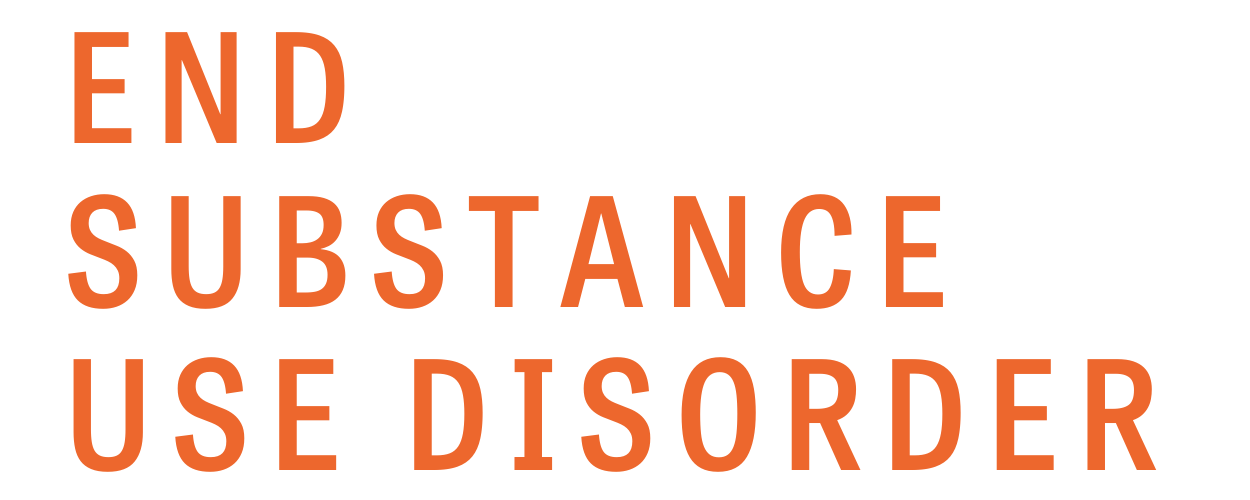Sources
Step 1: Prevent
U.S. Dep’t Health & Human Svcs., Facing Addiction: The Surgeon General’s Report on Alcohol, Drugs, and Health (2015).
Substance Abuse and Mental Health Svcs. Admin., The TEDS Report: Age of Substance Use Initiation Among Treatment Admissions Aged 18-30 (2014).
Ctr. for Medicare and Medicaid Svcs., Screening, Brief Intervention, and Referral to Treatment Services (2020).
Colorado Div. of Behavioral Health, Why SBIRT?.
Kaiser Family Foundation, Health Insurance Coverage of the Total Population (2018).
RAND Corp., Early Childhood Interventions: Proven Results, Future Promise (2005).
Alan R. Schroeder, M.D., et al., Association of Opioid Prescriptions from Dental Clinicians for US Adolescents and Young Adults with Subsequent Opioid Use and Abuse, JAMA Intern Med. 179(2) 145 (2019).
David J. Hawkins, et al., Results of a type 2 translational research trial to prevent adolescent drug use and delinquency: A test of Communities That Care, Archives of Pediatrics and Adolescent Medicine 163(9) 789 (2009).
Marissa King and Peter S. Bearman, Gifts and influence: Conflict of interest policies and prescribing of psychotropic medications in the United States, Soc. Sci. Med Jnl. 153 (2017).
Step 2: Treat
U.S. Dep’t Health & Human Svcs., Facing Addiction: The Surgeon General’s Report on Alcohol, Drugs, and Health (2015).
U.S. Dep’t Health & Human Svcs., Report to Congress on the Nation's Substance Abuse and Mental Health Workforce Issues (2013).
CDC, Morbidity and Mortality Weekly Report: Opportunities to Prevent Overdose Deaths Involving Prescription and Illicit Opioids, 11 States, July 2016-June 2017 (2018).
Nat'l Acad. Sciences., Medications for Opioid Use Disorder Save Lives (2019).
Nat’l Coun. for Behavioral Health, The Business Case for Effective Substance Use Disorder Treatment (2015).
Institute for Health Metrics and Evaluation, Top 10 causes of disability-adjusted life years (DALYs) in 2017, and percent change, 2007-2017, all ages (2020).
Am. Bd. of Medical Specialties, ABMS Board Certification Report 2017-2018.
BD Marshall, et al. Reduction in overdose mortality after the opening of North America’s first medically supervised safer injecting facility: a retrospective population-based study. 377 Lancet 1429 (2011).
Kora DeBeck, et al. Injection Drug Use Cessation and Use of North America’s First Medically Supervised Safer Injecting Facility, 113 Drug Alcohol Dependency 172 (2011).
Marc Auriacombe, M.D., M.Sc., et al., French Field Experience with Buprenorphine, 13 Am. J. on Addictions S17 (2004).
Nicole Kravitz-Wirtz, et al. Association of Medicaid Expansions with Opioid Overdose Mortality in the United States, 3 JAMA Netw. Open (2020).
Rebecca L. Haffajee, et al. Policy Pathways to Address Provider Workforce Barriers to Buprenorphine Treatment, 54 Am. J. Prev. Med. S230 (2018).
Step 3: Support
U.S. Dep’t Health & Human Svcs., Facing Addiction: The Surgeon General’s Report on Alcohol, Drugs, and Health (2015).
FBI, Uniform Crime Reports (2018).
U.S. Bureau of Prisons, Annual Determination of Average Cost of Incarceration, 81 Fed. Reg. 46957 (2016).
Nat'l Conf. State Legislatures, Using Peers to Improve Mental Health Treatment, Briefing Paper 24(10) (2016).
UN Office of Drug Control, Drug decriminalisation in Portugal: setting the record straight (2014).
The Sentencing Project, Americans with Criminal Records (2015).
Christian Henderson and Ruth Delaney, The Price of Prisons: Examining State Spending Trends, 2010-2015 (2017).
Crystal S. Yang, Does Public Assistance Reduce Recidivism?, Am. Econ. Rev. 107(5) (2017).
